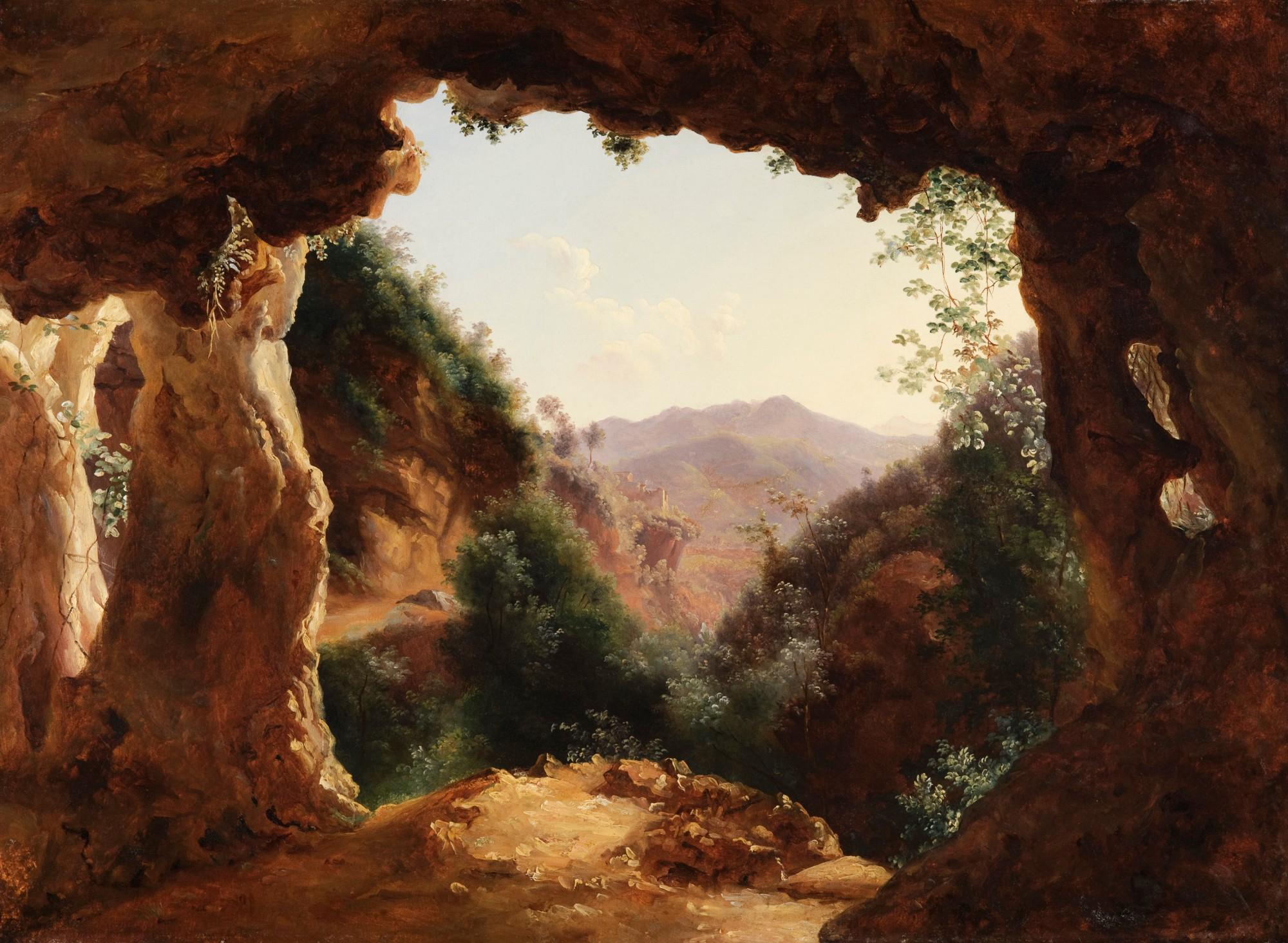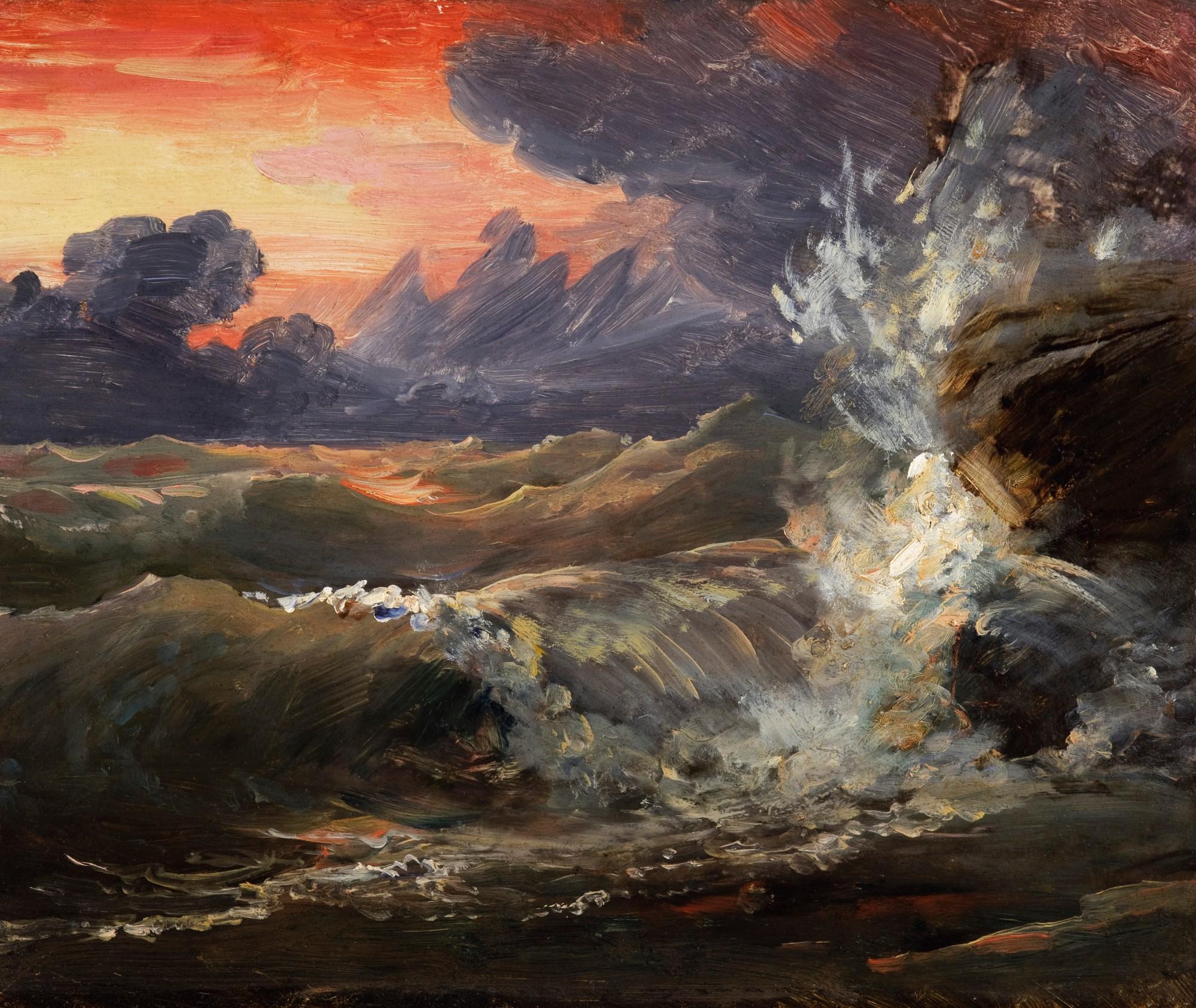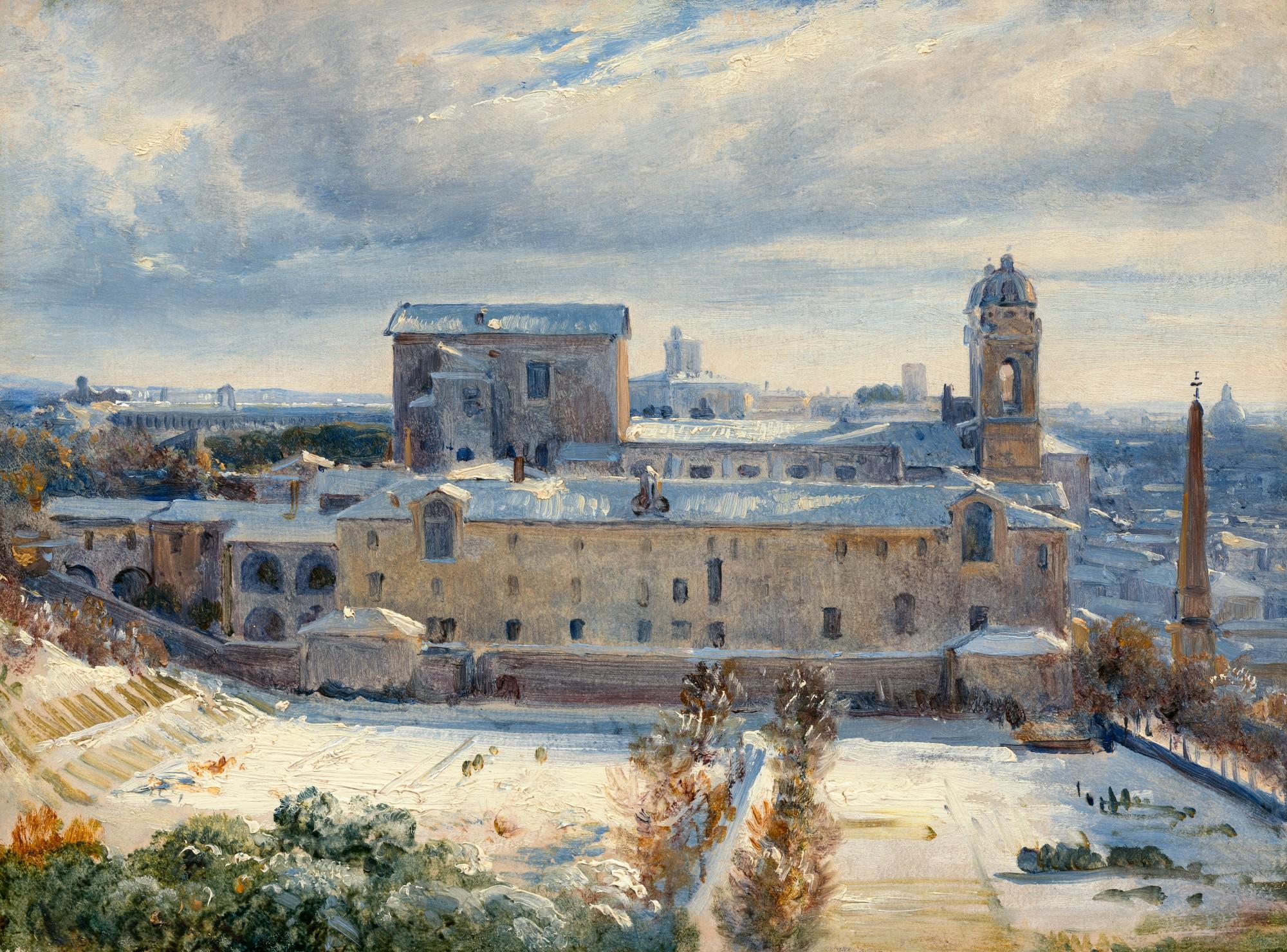Exhibition Organization and Curators
The exhibition is organized by the National Gallery of Art, Washington, the Fondation Custodia, Collection Frits Lugt, Paris, and the Fitzwilliam Museum, Cambridge.
The exhibition is curated by Mary Morton, curator and head of the department of French paintings, National Gallery of Art, Washington; Ger Luijten, director, Fondation Custodia, Collection Frits Lugt, Paris; and Jane Munro, keeper of paintings, drawings and prints, Fitzwilliam Museum, Cambridge.
Exhibition Tour
National Gallery of Art, Washington, February 2–May 3, 2020
Fondation Custodia, Collection Frits Lugt, Paris, June 13–September 13, 2020
Fitzwilliam Museum, Cambridge, October 6, 2020–January 31, 2021































